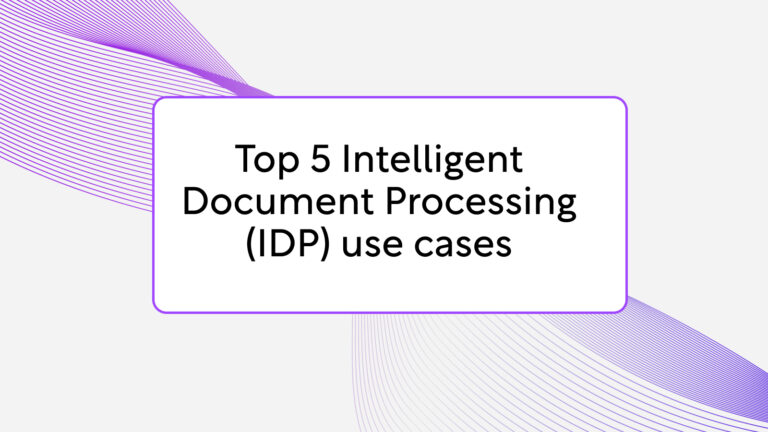In 1271 Marco Polo set off with his father and his uncle to travel and discover Asia. He must have seen great sights and have had fantastic adventures, but the largest impact of his travels was due to the technologies he saw in medieval China. He reported on them in the book Travels of Marco Polo. He saw the use of paper money, burning coal for warmth, and an efficient communication system.
Coming back to Europe years later, his experiences were recorded. For centuries his work remained influential and stimulated technological advances in Europe. He was able to bring technological advances from one world to another, crossing the distance between China and Europe.
As an academically schooled engineer in Machine Learning, on the one hand, I feel that I have seen the beauties of the academic world, the theoretical possibilities, and elegance of theory. On the other hand, I also see the eagerness to improve and advance in the business world on a daily basis. And when meeting with the business world, I always emphasize that there is so much untouched beauty in academia that can be ported to the business practice, crossing the distance between academia and business.
Our role as a provider of an Intelligent content management solution is to take the place of Marco Polo, almost 750 years later, and cross the boundary. Thus, making the technology that we have mastered as scientists available to you. We hope that not only this will help you in your business practice, but that it will also help technology to spread further and wider, which in turn will also have a positive influence on academia.
Medieval Europe and China were two different worlds, and they had different needs. We see the same in science and business today. Our goal is to bridge these worlds and facilitate a smooth transition from what is promising in theory to what is effective in practice. While in science it is customary to focus on your specific area of expertise and develop in depth, in business it is often better to work cross-disciplinary and develop in width.
To achieve this we work in teams composed of different areas of expertise and levels of experience. I myself have a background in mathematics and theoretical sciences, and I specialize in algorithms and complexity. My colleagues include experts in natural language processing, image recognition, and even an exotic neurobiologist. Their experience level ranges from ‘everything is new’ to ‘dreams in code’.
Our team is rooted in different fields of science and is supplemented with more traditional software roles as architect and developer. The cross-field collaboration helps us to understand the different needs a business has, and it also gives us the tools to solve them.
Getting the technology across from science to business roughly consists of three parts.
The first part is informing. Just like many medieval Europeans were not aware of the technology that was available in China, businesses are often not aware of the technology that is available in science. Like Marco Polo did in the Middle Ages, we inform businesses of the existing technology that has already been developed in another world.
The second part is listening. When you have more awareness of the technology that is available, you will be able to see more possibilities. And since you are the expert in your field, you know best what you need. It is our duty to listen carefully and map out your way to improvement.
The third part is, of course, making the product. We are craftsmen and we enjoy building excellent software. The better the software is built, the more fun it is to work with. It is in our own interest to ensure the quality of our work. This enables us to deliver the scientific advances as truthfully as possible to your practice.
Since we are tracking scientific progress, our toolbox is always growing and getting more powerful. We always want to add new advances and polish what we have already made, to keep our tools up-to-date with changing business practices. Some examples of what is in the toolbox:
- Optical character recognition (OCR) and Post-OCR technology. Many companies still have a lot on paper. To help with the transition to digital, we provide state-of-the-art OCR and Post-OCR correction. Where OCR focuses on converting the analog characters into digital ones, we train a Post-OCR engine that makes a correction based on the dictionary, known language sources, and jargon specific to your organization.
- Classification is provided to automatically fill in metadata fields. This streamlines the process of converting to digital, requires less manual labor, and reduces data entry errors. Which in turn makes your content easily searchable and retrievable.
- Clustering can be used to get grip on large datasets and to uncover what natural structure lays hidden in the content. This is a low effort high gain method to quickly gain control over new datasets after, for example, an acquisition or when reporting on the organization level.
- Named Entity Recognition is a powerful tool that extracts specific groups of words from a text which share common semantic characteristics, such as names of people and companies. Depending on the use case, this can be used to index, uncover connections or even anonymize your documents.
- Image Recognition is a tool that maximizes the potential of your rich media libraries and helps you navigate vast amounts of visual content. For example, we can train an engine to tag images, search for similar images or recognize objects in the image.
ProcessMaker IDP – Intelligent content management solution powered by AI
We cast all of this technology in a nice visual wrapper with all the supporting tools. We aim to make our product both powerful and easy-to-use.
The influence that the work of Marco Polo had after his death in 1324 cannot be underestimated. And it is not the travels themselves, but what people did with the discoveries for centuries after that has had the most impact. We develop ProcessMaker IDP for you, but what you do with it makes the real impact! So my question to you is, what will you do with it?





